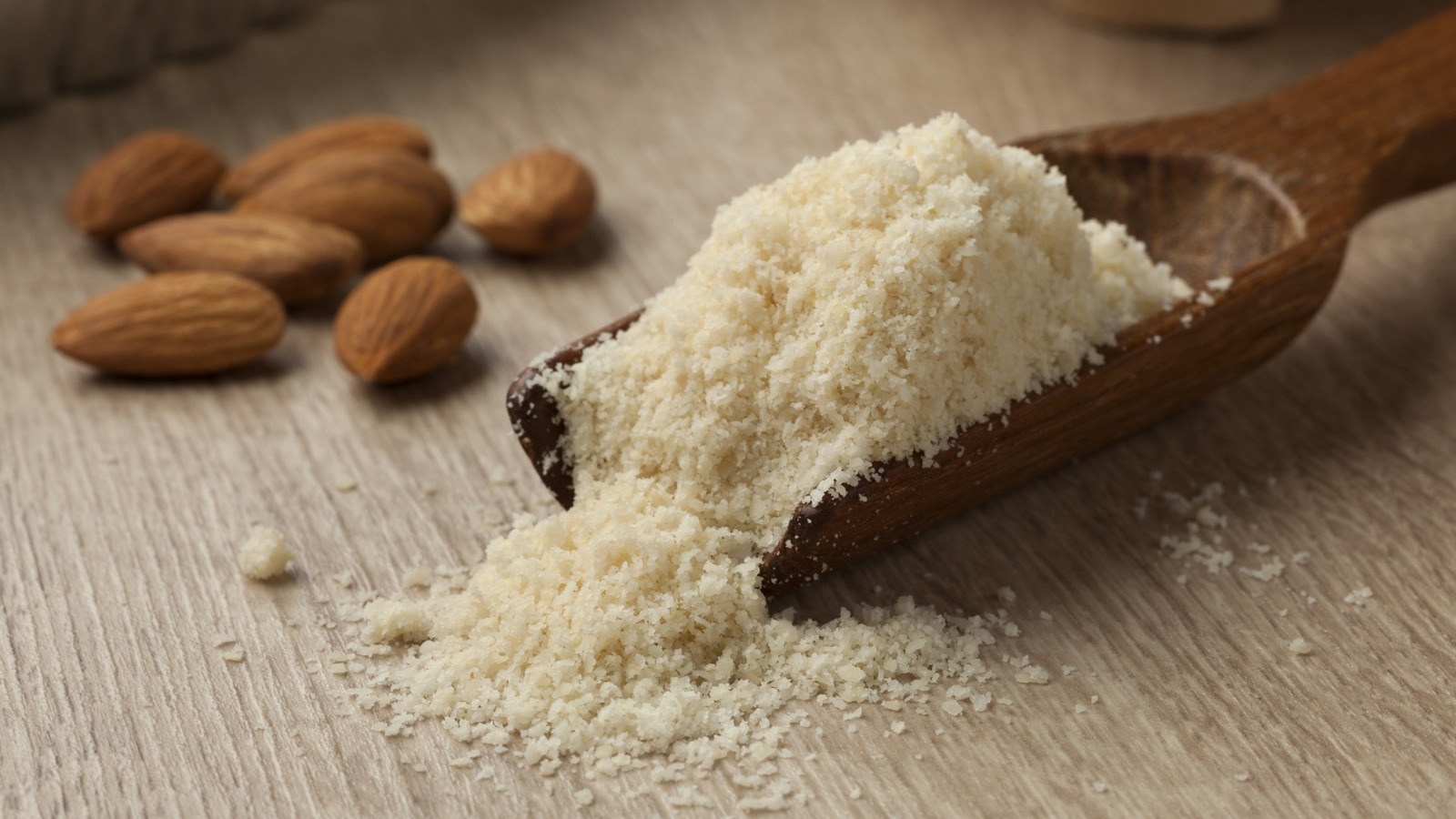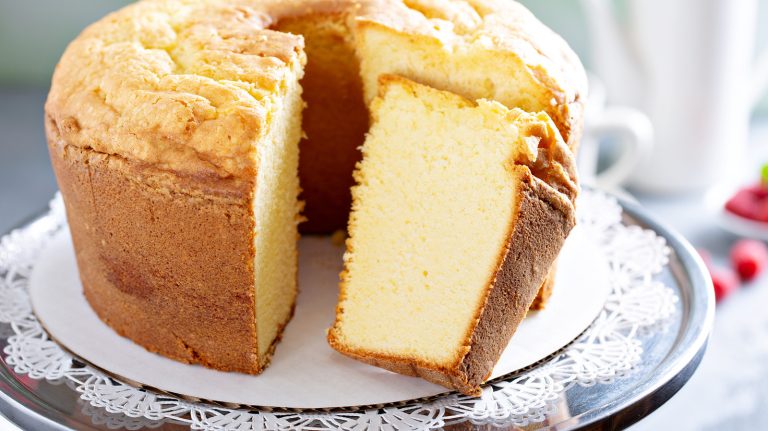We may receive a commission on purchases made from links.
There’s no denying that’s baking, perhaps more than any other cooking method, is a science. While you can throw whatever you have hanging around the fridge into a soup or saute, baking requires you to have the correct ingredients in rather precise quantities. So, if you’re embarking on your next baking project and wondering whether to reach for the blanched almond flour or the unblanched variety, here’s all you need to know.
It’s the term “blanched” that might be a bit misleading here, because what separates these two varieties of flour is whether the almonds have had their skins removed. Blanched almonds have been skinned before grinding, resulting in a white flour that bakes to a light and fluffy texture. Unblanched almond flour, sometimes called almond meal, is made using the whole almond, skin and all. This adds reddish-brown flecks to the flour and gives it a slightly heavier texture. The two flours can be used interchangeably in recipes, but there will be slight differences in the density and taste of the end product.
What is blanched almond flour?
When a recipe calls for almond flour, it most likely means blanched almond flour. It’s identifiable by the plain white color and fine, even texture. Blanching shouldn’t be confused with bleaching, which is applied to grain flours. Blanching is an entirely chemical-free process in which the almonds are briefly submerged in boiling water, which helps loosen the skins for removal. In theory, it’s not the blanching that’s important here, it’s the skin removal, but some people do say they find that this short heating process gives the almonds a sweeter and creamier taste.
Blanched almond flour should be your go-to when you want a delicate crumb and a lighter-than-air texture. It’s perfect for making tart bases, fluffy gluten-free coffee cakes, and melt-in-your-mouth Spanish lemon polvorones. It’s also selected for recipes where the color is important. For example, French macarons rely on a plain white base to highlight all those pretty pastel shades.
What is unblanched almond flour?
Unblanched almond flour may be labeled “almond meal” or “natural almond flour” to avoid confusion, but can also be recognized by a coarser texture and speckled color. These brown flecks are the almond skins that have been ground up along with the almond kernel. While the blanched variety is more traditional, unblanched almond flour has plenty to offer from both a health and culinary perspective. The skins of the almonds provide added nutrition, as a source of vitamin E, antioxidants, and that all-important fiber.
They also provide the almond meal with a more nutty, earthy taste and a coarser texture, which can add complexity and depth to your baked treats. Try unblanched almond meal for a rustic take on an apricot frangipane tart, or to amp up the nuttiness of this crumbly hazelnut coffee cake. Unblanched almond meal is also a great pick for adding heft and chewiness to savory baked goods, like these gluten-free herb and garlic crackers. Here are 11 tips to follow when baking with almond flour.







